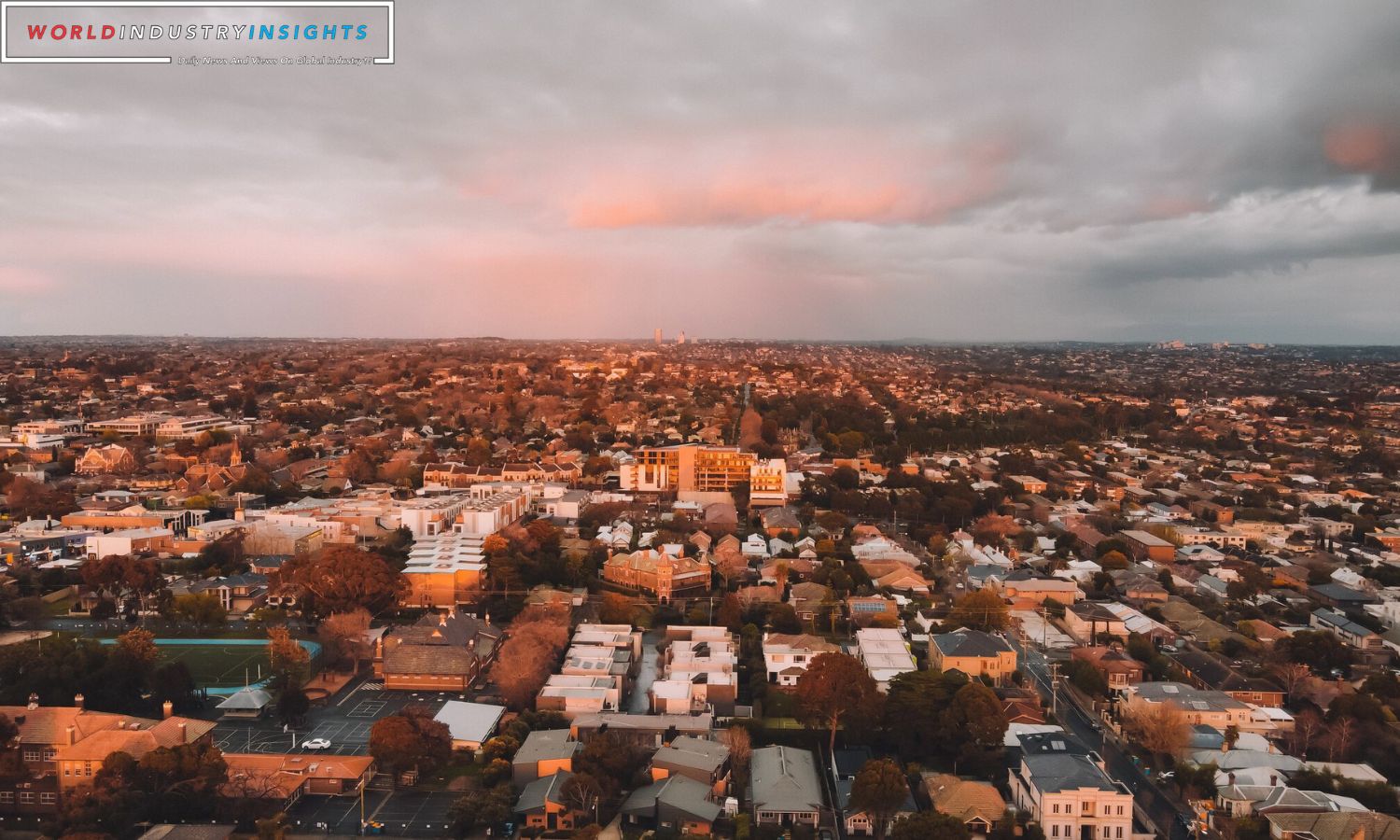Cultivating Victoria Future: Victoria’s independent infrastructure advisor foresees a $43 billion boon by 2056 if housing concentrates within Melbourne’s existing suburbs, rather than sprawling into the urban fringes. The advisor modeled five options for Victoria’s housing future, given the projection of 11 million residents by 2056.
CEO Jonathan Spear asserts that a compact city offers substantial benefits, including heightened productivity, increased property values, and improved job accessibility, resulting in a higher quality of life, a stronger economy, and enhanced sustainability. Additionally, a compact city would yield 17.3 million fewer tones of emissions from vehicles compared to a dispersed urban sprawl.
The report outlines recommendations for the government, including the publication of long-term housing and infrastructure targets, housing goals for established suburbs, reforming developer contributions, abolishing first-home buyer grants and stamp duty, and planning for resilient electricity infrastructure. The report also advocates for the implementation of urban growth boundaries around regional cities such as Geelong, acknowledging its rapid growth.
Also Read: High Density Housing Australia: The Grassroots Movement Challenging Suburban Sprawl
Ten areas across Melbourne, including Broadmeadows, Epping, Niddrie, North Essendon, Preston, Ringwood, Camberwell East, Frankston, Moorabbin, and Chadstone, are identified for the creation of 60,000 new homes. The government is urged to further commit to the aspiration of delivering high-quality, medium-density homes in established areas and regional cities.
Residents like Chelsea Tunnicliffe in Glen Waverley appreciate the convenience of apartment living, which combines access to amenities with a suburban community feel. However, they emphasize the need for careful consideration and community engagement when planning additional apartment buildings in suburbs.
In Huntingdale, Monash City councillor Josh Fergeus points out opportunities for housing expansion in areas like this, given the proximity to workplaces, an industrial sector, healthcare facilities, and Monash University. He highlights the potential to reduce the need for cross-city travel, decrease carbon emissions, and enhance the neighborhood’s appeal. However, he underscores the importance of genuine community involvement in housing plans.
Experts stress the necessity of balanced development, addressing the tension between infill expansion and urban sprawl. The government must avoid neglecting infrastructure development in growing regions while focusing on established suburbs. The report underscores that infrastructure investment in new suburban areas remains essential to cater to the needs of the expanding population.
Our Reader’s Queries
What is the population projection for Victoria in the future?
According to VIF2023, Victoria is set to maintain its position as the fastest-growing state in Australia. By 2051, our population is projected to reach a staggering 10.3 million. This data covers a range of factors, but primarily focuses on the total population.
What is the economic outlook for Victoria?
Over the next three years, the Victorian economy is set to welcome around 352,000 fresh faces to its workforce. This figure comprises of 137,000 new job opportunities and 215,000 replacements for retiring workers. These changes are expected to take place between 2023 and 2026.
What is the fastest growing area in Victoria?
The Surf Coast Shire is a top holiday and tourist spot in Victoria, making it the fastest growing LGA in the state. With famous locations like RACV’s Torquay Resort, Anglesea, Lorne, Winchelsea, and Deans Marsh, the population has surged by 45.70% from 2011 to 2021.
Is the population growing in Victoria in 2023?
Although net moves to certain regions have decreased, they are still higher than pre-pandemic levels. As of March 31, 2023, the state with the highest net moves is NSW with 8,293,965 and an increase of 156,277 since March 31, 2022. Following closely behind is VIC with 6,766,559 and an increase of 161,691, and QLD with 5,418,453 and an increase of 124,197. These numbers indicate a positive trend in population movement despite the challenges posed by the pandemic.


